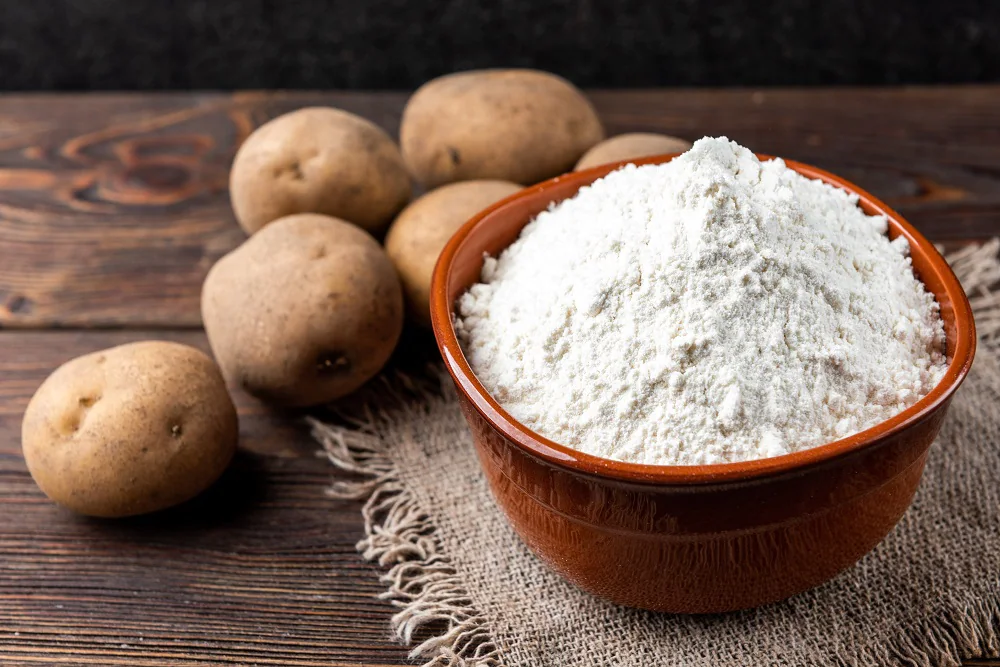Corn starch and corn flour are versatile ingredients utilized in various industries, but what sets them apart? Let’s delve into their distinctions and similarities.
Corn Starch: Understanding Its Nature
Corn starch, a complex carbohydrate, is derived from the endosperm of corn through a meticulous manufacturing process. Initially, corn endosperm undergoes cleaning and grinding, followed by the separation of gluten and starch. The resulting suspension is dried, yielding a fine powder. This industrial process adheres to stringent quality and hygiene standards.
Primarily valued for its functional attributes, corn starch serves as a potent thickening agent. Upon heating, starch molecules absorb water, leading to swelling and gel formation. Remarkably, it retains its properties even under high temperatures, making it a staple in various applications.
Applications of Corn Starch
Widely employed in the food industry due to its neutral taste and thickening properties, corn starch enhances the texture of sauces, soups, and baked goods. Its gluten-free and heat-stable nature renders it indispensable in gluten-free products.
Beyond culinary realms, corn starch finds utility in animal feed as both a thickener and a source of energy. Cattle, poultry, and fish benefit from its inclusion in their diets. Moreover, it serves as a lubricant in surgical gloves within the medical sphere and as a talc substitute in baby products, owing to its gentle absorbent properties.
In paper manufacturing, corn starch functions as a filler, bolstering paper stability and durability. It also contributes to adhesive production and serves as a key raw material in bioethanol production, derived through starch and sugar fermentation.
Corn Flour: A Distinct Perspective
Corn flour, obtained by grinding dry corn kernels into a powder, possesses a slightly sweet and buttery aroma. Gluten-free and nutrient-rich, it imbues foods with a distinctive corn flavor and yellow hue. This versatile ingredient serves as a thickener and a wheat flour substitute.
Utilization of Corn Flour
In the food industry, corn flour enhances the texture and flavor of various products, including soups, sauces, and baked goods. Its ability to impart a crunchy texture makes it ideal for fried snacks. Moreover, its gluten-free nature renders it suitable for gluten-sensitive individuals.
Distinguishing Corn Starch from Corn Flour
While both products stem from corn and share gluten-free properties, they differ significantly:
- Manufacturing process: Corn starch undergoes a process involving cleaning and grinding of corn endosperm, while corn flour is obtained by grinding dry corn kernels.
- Taste: Corn starch is tasteless, whereas corn flour possesses a slightly sweet flavor.
- Texture: Corn starch is fine, while corn flour varies in fineness.
- Nutritional value: Corn flour boasts higher nutritional content, including fiber, vitamins, and minerals, whereas corn starch primarily serves as an energy source.
- Applications: Corn starch finds extensive use across industries, whereas corn flour is predominantly utilized in the food sector.
In essence, while both corn starch and corn flour share some commonalities, their distinctive attributes make them invaluable ingredients across various sectors.


